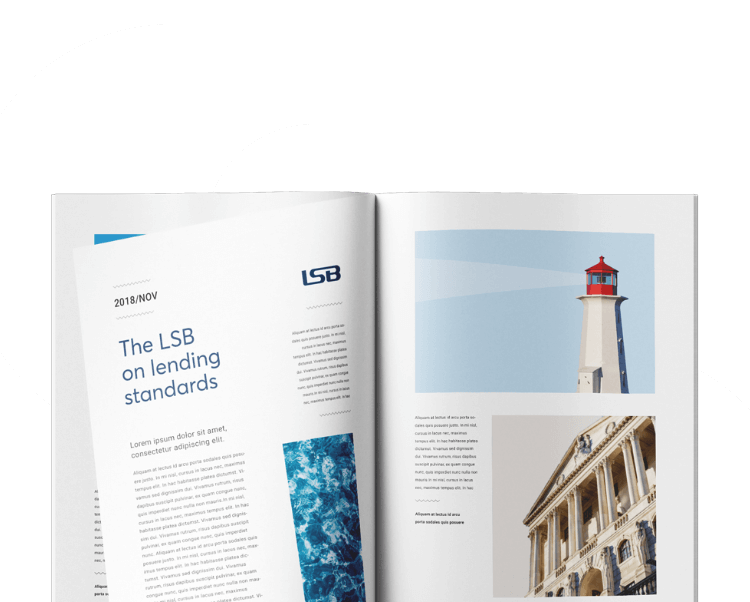Download a copy of this thought piece here.
In August, we released a thought piece looking at culture’s role in quality assurance. This is an abridged version of the full piece, which can be accessed by registered firms here.
Culture and quality assurance (QA) are not concepts that are always considered together. Whilst culture can be thought of as principles that lead to good outcomes, or the ‘tone from the top’[1], assurance can seem a relatively dry and process driven activity. Assurance practices, from setting controls and governance arrangements, to completing QA checks, usually focus on recognising and mitigating risks. This is of course vitally important, however, there may be opportunities to look at QA in a broader context. By considering a firm’s culture in relation to assurance, firms are able to focus less on a pure process or step driven approach. Instead, they can use the insight gained from QA to improve customer outcomes overall.
Culture and QA
A firm’s culture plays a central role in how it operates its business, treats its customers, and delivers outcomes. Without the right culture and messaging from senior leadership, or with incentives in place that are at odds with the stated culture, it is likely that staff will not know how to achieve their goals.
Quality assurance is needed to understand how a firm’s staff and processes are delivering customer outcomes. This is done by undertaking a variety of checks and should be used to both enable managers and individual staff to know how they are performing, whilst also identifying where there may be risks in the broader journey.
Culture plays a role in quality assurance because it drives what is considered a good outcome and influences the type of interactions between different staff and departments. For example, if a firm’s culture is overly focused on risk mitigation and not outcomes, QA advisers may consider their role as purely to identify where something went wrong. This loses opportunities to develop staff, share areas of good practice, and continually develop how customers are treated.
Equally, if a culture does not encourage staff to speak up when they have concerns or promotes an environment that is overly hierarchical, QA staff may not feel comfortable raising a process issue. They may not even consider that their area, instead focusing just on the check itself. This risks areas for improvement going undiscovered, with potential issues lasting for longer than they ought to.
A healthy culture, with good outcomes at the forefront, promotes an environment where staff are more likely to engage with others and raise risks.
Feedback and coaching
Outside of direct training, quality assurance provides firms with the main opportunity to educate and inspire staff to continually develop their approach. QA staff should have the opportunity to work with the first line teams in order to feedback on what they checked. By having a more open and engaging conversation when delivering feedback, QA staff can explore where there may be areas for development or knowledge sharing, before imparting it in an effective manner.
Key points to consider include:
Education – Following a QA check, especially one that is based on a qualitative judgement (for example, whether empathy was displayed on a call), QA assessors should explain their logic. Staff can only develop by understanding why a customer interaction was deemed successful or not. If a process failure or bad outcome has occurred, assessors should ascertain if this was down to a one-off error or lack of understanding.
Sharing best practice – QA assessors get to see when things go wrong but also where there are examples of great practice. This could include when an agent has dealt particularly well with a challenging call, gone the extra mile for the customer, or used initiative to solve a particular problem.
When best practice examples are found, assessors should ensure they both recognise and, where appropriate, share these examples.
Best practice should also be shared more widely than just the individual agents. This can be achieved by QA functions getting together regularly and discussing what they have seen, including looking at any trends, recurring issues, and examples of best practice.
Digital – An ever-increasing number of customers interact with their banking and lending services through digital means. QA measures therefore have to check that the process is running as intended and that digital interactions are conducted to the right standard. The level of customer service and good outcomes should be the same regardless of channel.
Checking the checker
Working within quality assurance is a challenging role that requires a variety of different skills. As well as being experienced enough to recognise when something goes wrong (whether in the process or application of it), staff should have the skills and ability to provide value-adding feedback.
Key points to consider include:
Recruitment – Firms should consider how they recruit their QA assessors to ensure that they are using a cultural, value based approach that encourages good outcomes. If a firm hires its top performers or those who are particularly efficient at fulfilling task based roles, it may lead them to assessing other staff with a blinkered view of what good looks like.
QA training – The coaching and feedback element of the QA assessor’s role should form a central part of the training package they receive. Assessors need to know how to deliver feedback and coaching in an effective manner that gets the other person’s buy-in. It should not be assumed that new assessors will know how to do this.
Oversight – QA plays such an important role in risk identification and staff development that firms need confidence that the assessors themselves are delivering as expected. Firms should look at how this oversight is conducted, for example, is it by looking only at the QA framework, number and scope of checks, how QA is reported, etc? Or do firms have reviews of the assessors themselves, for example, including shadowing when QA checks are conducted and especially when feedback is being delivered?
By looking at how QA is conducted through a cultural lens, firms should be able to find opportunities to develop how they approach assurance checks. QA’s critical part in managing risk presents an opportunity to work with the first line in a way befitting the firm’s cultural goals. This should be one that is focused on customer outcomes and looks to continually improve in search of them.
If you have any questions about this piece or if there is any other way we can help you or your organisation, please contact us at insight@lstdb.org.uk or using the details below.
We would also appreciate your feedback on this piece. To provide this, please use the QR code below.

Contact details
Anna Roughley – Head of Insight and Engagement
annaroughley@lstdb.org.uk – 07392 867 176
Harry Hughes – Senior Insight Manager
harryhughes@lstdb.org.uk – 07387 108 498
[1] FCA, Culture in financial institutions: it’s everywhere and nowhere






